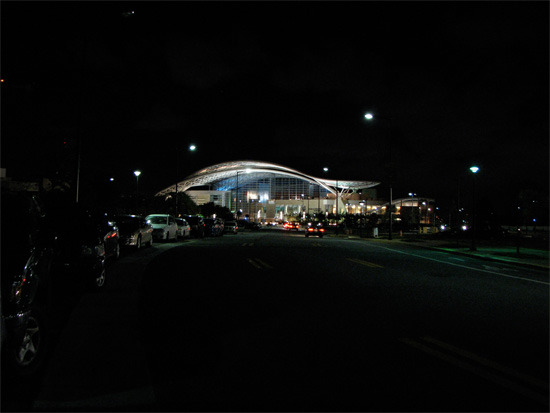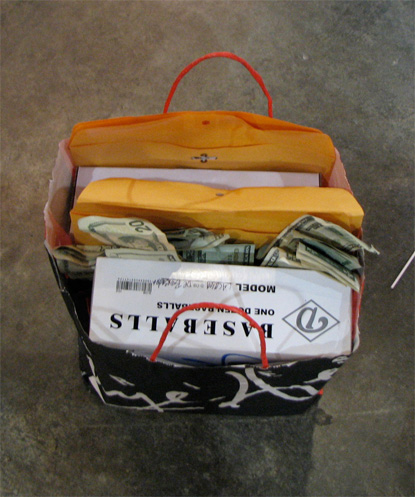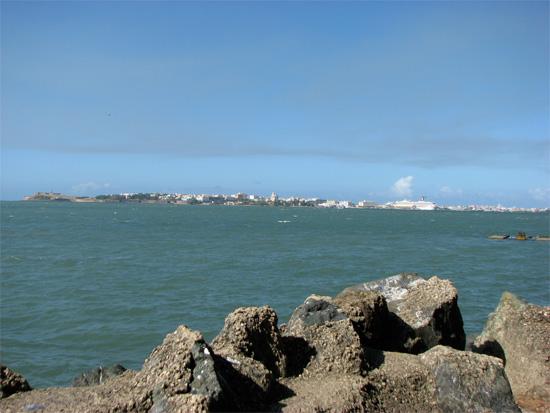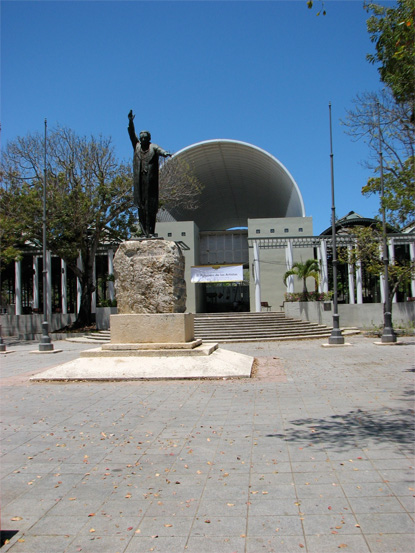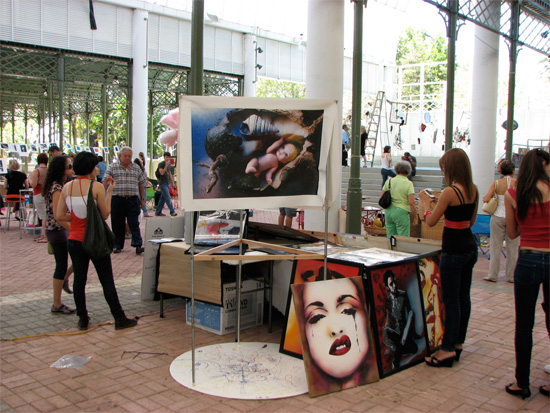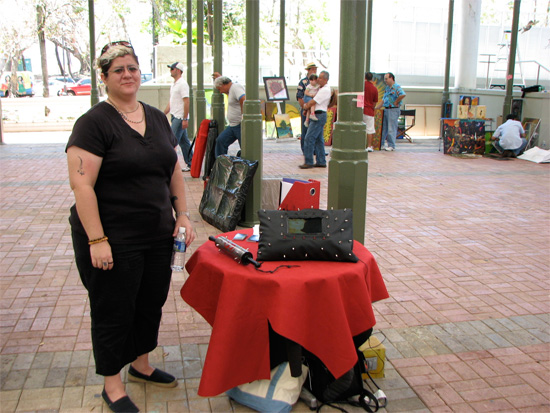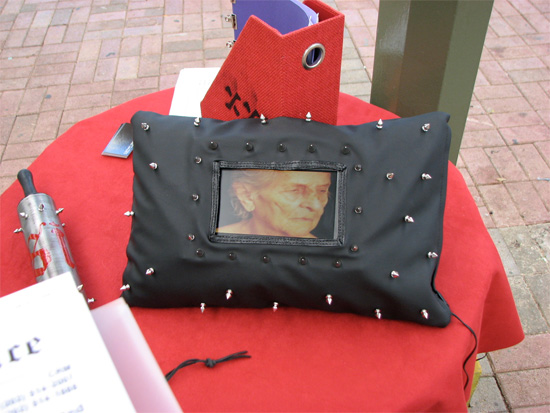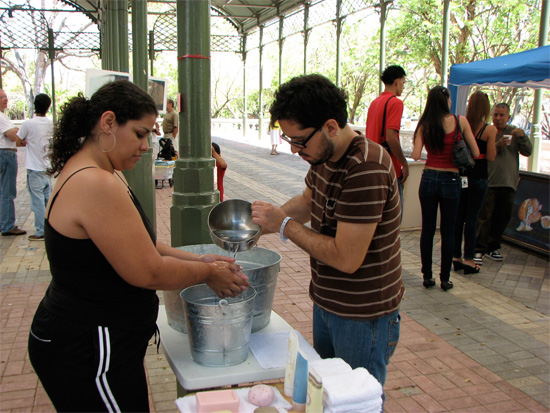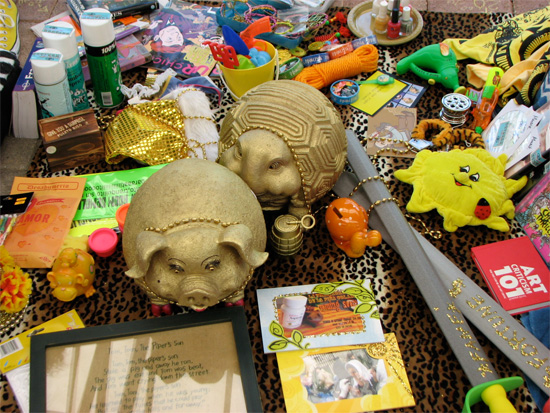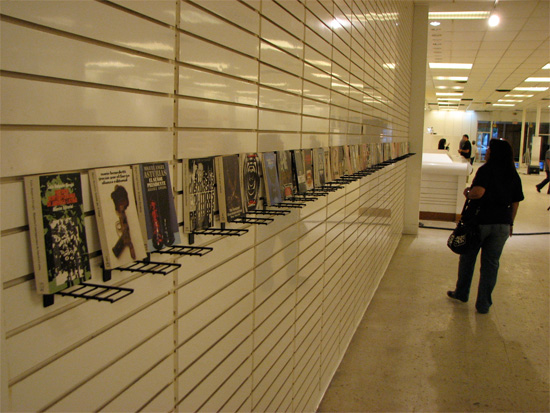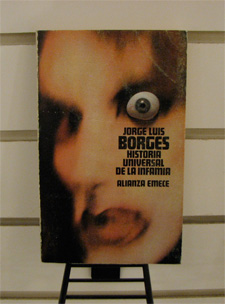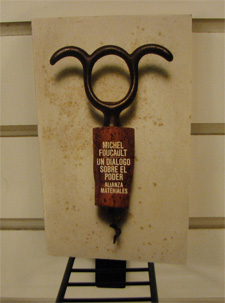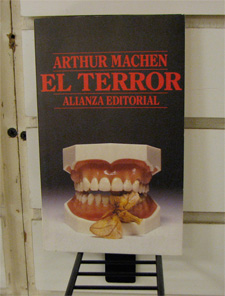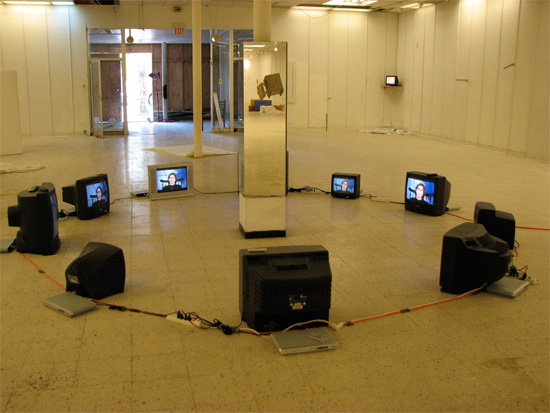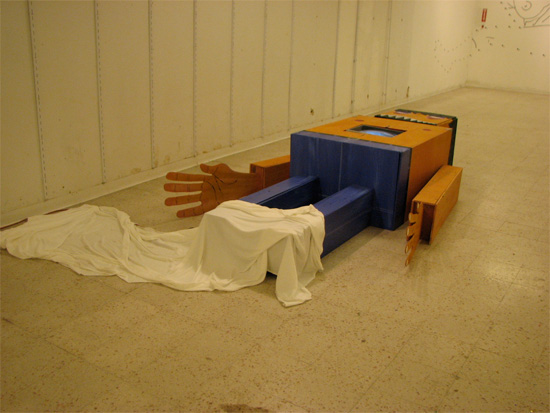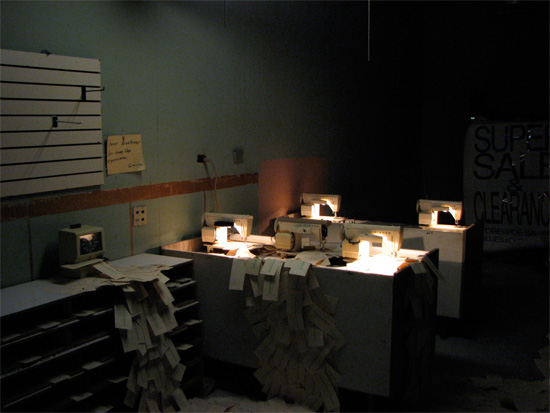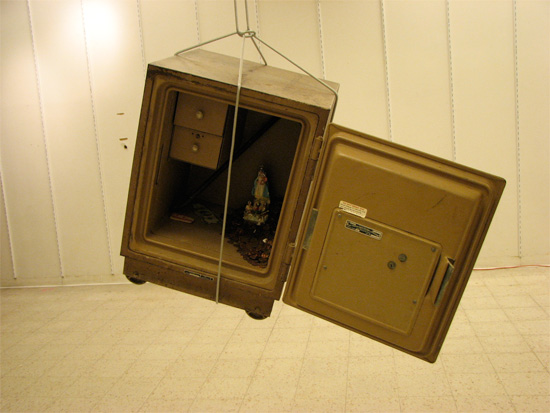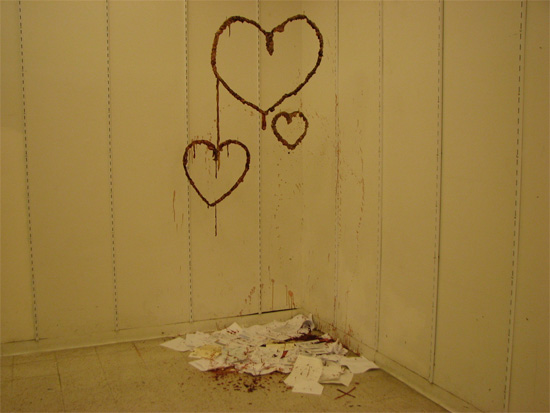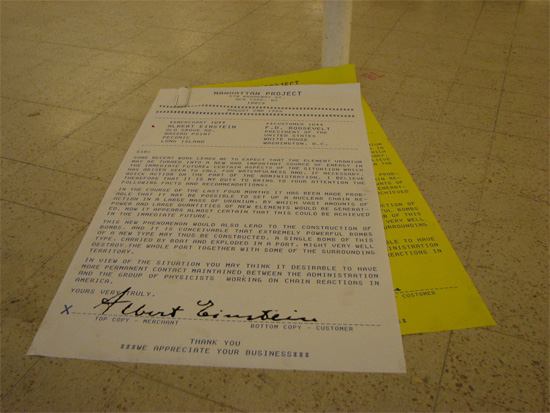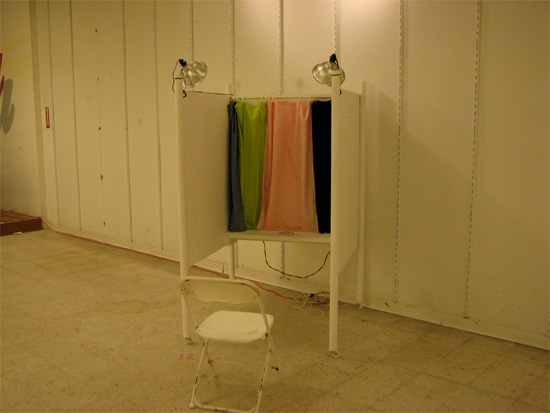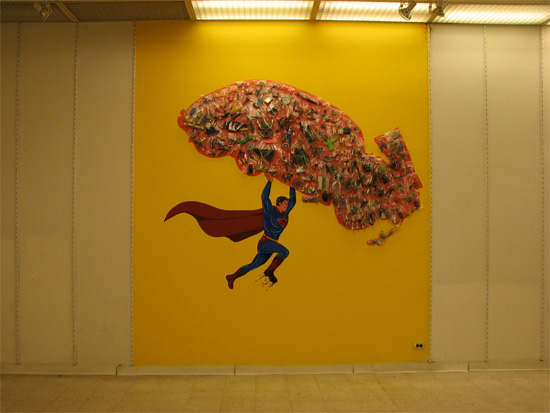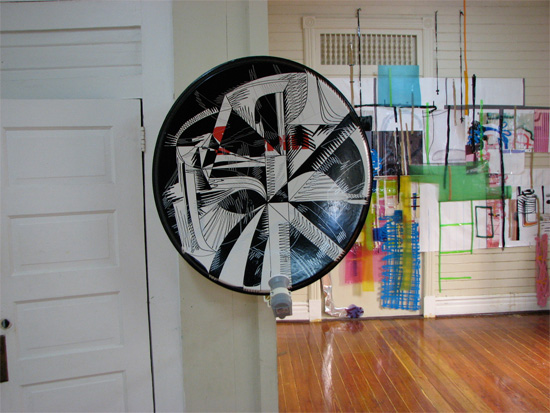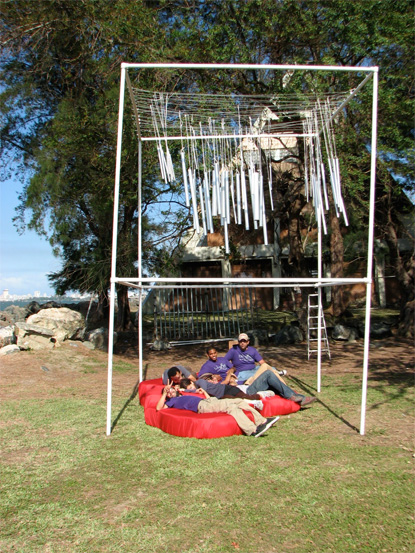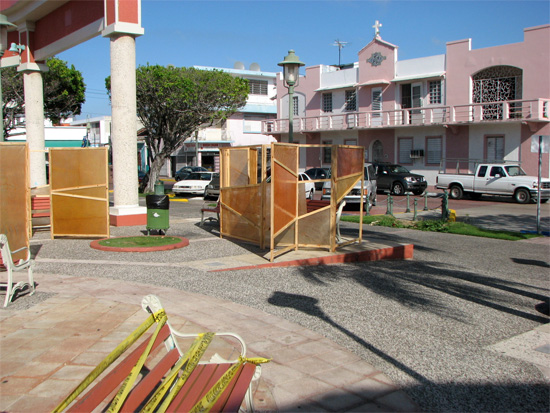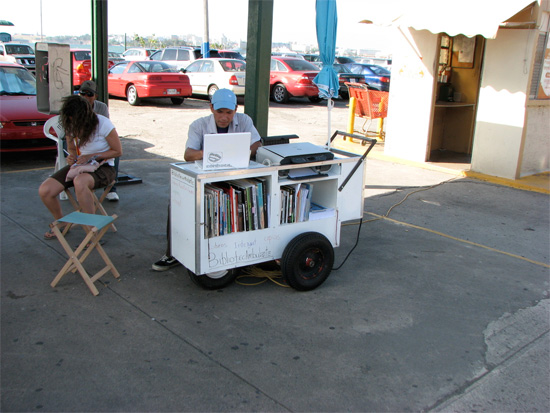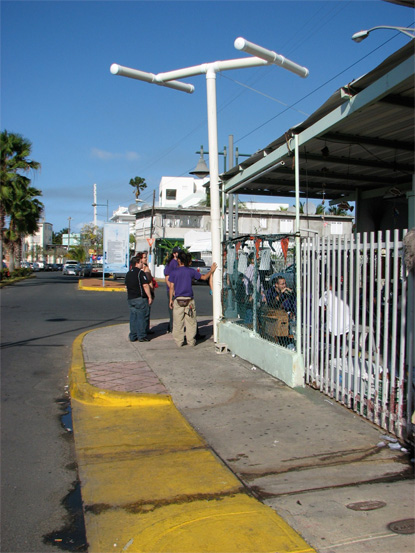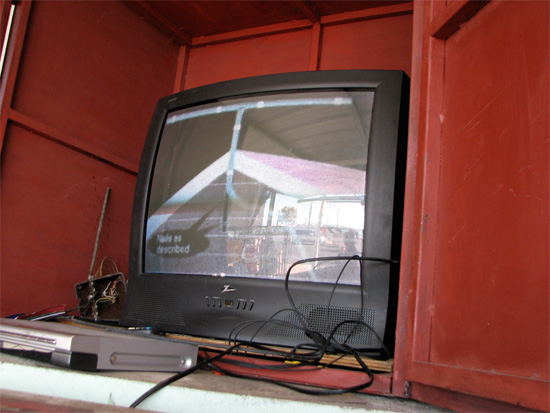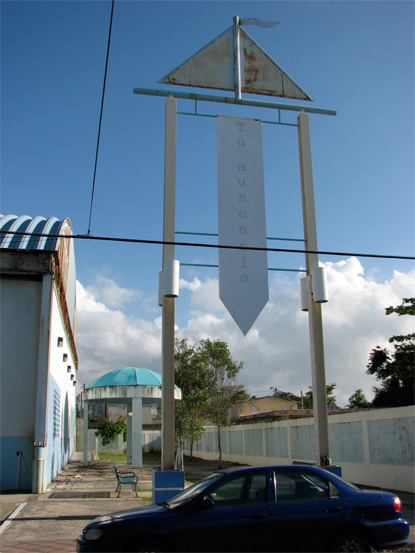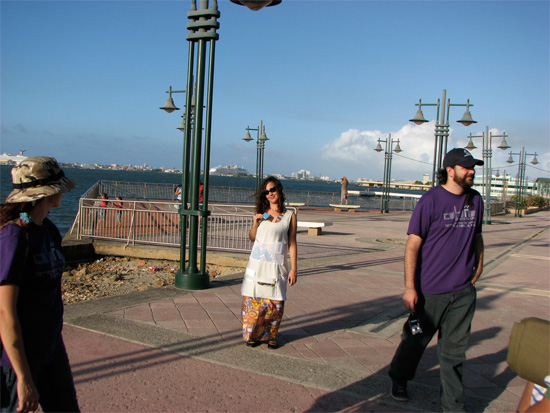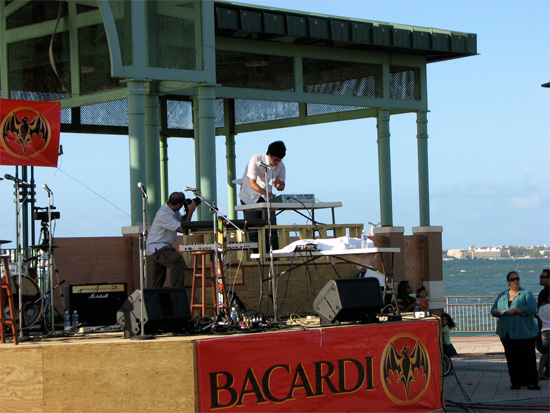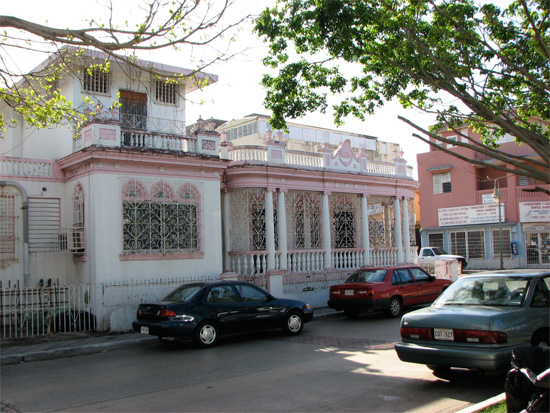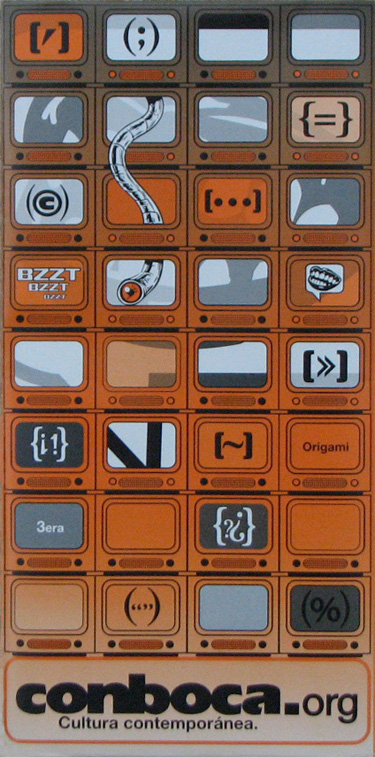
Fair is Fair, Part the Second
In the darkest hours of America’s conduct of the Vietnam war, an administration spokesman famously described the fire-bombing of a civilian hamlet by saying that the Americans “had to destroy the town in order to save it.” By the same token, if you wanted to find meaning in CIRCA 2008—the third edition of Puerto Rico’s first-ever international art fair—you had leave the premises. The fair has grown some in each of the three years of its existence, working its mojo to convince art dealers from all over the world that some day, if not now, CIRCA will be the destination that collectors talk dreamily about; an unusually intimate, sun-dappled affair, exuding cutting-edgeness while offering something the increasingly corporate megafairs can’t even dream of: warmth and authenticity. Still, while the fair burnishes its image through welcome organizational refinements, winning back even disaffected dealers who suffered terribly—and not quietly—in the beginning, the artistic elements that made the event so interesting and attractive to the island’s artists have diminished in scale and number. You could argue that the so-called artist’s projects look more and more like window-dressing for the business at hand, and the panel discussions—hit and miss in the past, to be sure, but you sensed everyone was being heard from—have almost evaporated. (Our opinion on the matter is well-known, if not widely appreciated.) But CIRCA is also experiencing what we like to call the Miami Effect, which is what happens when a shitload of foreign art dealers, self-appointed fixers, and media blowhards land on the island’s gilded shores, bringing some bigtime artworld hustle-bustle and fostering the illusion that CIRCA has become part of the international art fair circuit. The Miami Effect was, in our humble opinion, harmful to the local scene in the first few years of Art Basel Miami Beach’s existence. Artists and dealers became obsessed with the possibility that they, too, could score big with the arrival of so many free-spending glory-hogs, seeming not to recognize, at first, that the Eurotrash and their ilk had eyes only for each other; and the babes and beaches, of course. Art Basel Miami Beach became a year-around obsession with the locals, a chronic low-grade hysteria that was all the more depressing because nothing really happened—that is, significant money ceased changing hands—once the fair decamped after its four-day orgy.
In Puerto Rico, this phenomenon has translated into something that’s actually worthwhile and fun. The most recent edition of Art Basel Miami Beach had something like twenty-three auxiliary fairs and exhibitions, and it was an impossible slog to see everything, let alone enjoy a fraction of it. CIRCA 2008 was the occasion of a commercial art fair, but a lot of artists also saw it as an opportunity to mount collective exhibitions en la periferia and do the other wacky things that define the boricua contemporary art scene today. They might have been motivated by the same delusional thinking about incoming bigwigs and the main chance, but the results were largely wholesome, and racing from far-flung place to place became a invigorating—and highly social—pleasure. You saw a lot artists in packs—always, it seemed, no matter when you arrived, sweating and grunting to put the finishing touches on whatever they were up to—and occasional moments of righteous spontaneity flashed out of the chaos like shoppingbagsful of newly minted dollar bills.
As we’ve said, we got to a few of these events, and we’ll show you what we saw in Caguas, Cataño, el Parque Muñoz Rivera, and other points “off-site.” As you will see, the Arte Povera look was everywhere, and for crafty folks like us it was way too much of not such a great thing. Still, the artworks were only part of the fun, and the opportunity to walk Cataño’s malecón on a bright, breezy Sunday afternoon, greeting much of the San Juan artworld along the way, filled us with an unaccustomed, giddy bonhomie. We visited some exhibitions a couple of times in the name of verifying datos, and never ceased to be amazed at the ingenuity, community spirit, and speedfreak energy that manifested itself at all levels of the island scene.
El pulguero de los artistas, an invention of scholar, publisher, top-tier doer Lisa Ladner in collaboration with artist Carmelo Sobrino, was a fabulous idea that, as far as we’re concerned, functioned perfectly as an antidote to the defining pretensions of CIRCA 2008, which tries to dress what it hopes to be a merchandising frenzy in lightweight aesthetic threads. As Ladner explained it, she and Sobrino were up to something almost opposite. They put out a call to artists who regard their work as contemporary, to set up stands in what was to be an old-fashioned flea market, where the merchandise is artworks. They thought of their constituency primarily as those individuals who were to some degree estranged from the gallery system; who hadn’t had a show in awhile, or, perhaps, ever. At some point, Ladner said, they realized that they’d have to impose some limits on what qualified as “contemporary art”—one person’s meaningful surrealism is the butt of another’s cruel joke—but you couldn’t tell by looking that much distinction-making had gone on.
This was a bad thing only to a few people, and certainly not to us. We heard complaints from some sellers—who like to think of themselves as bona fide boho creators—that there was some real crap on the premises, but wasn’t that part of the fun? Amid the dross were great projects-in-the-making. Take a look at Carmen Olmo-Terrasa’s latest work, and the performance by Rafael A. Vargas Bernard—washing the jangled nerves and questionable vibes right out of Lilliam Nieves’s overworked psychic machinery—fit right in, and cleverly so, to the surrounding snake-oilery. Madame Lyn-Go-Tee is never out of place anywhere, it seems, whether in the tony confines of an art museum (we caught sight of a Madame Lyn video at MAC one time) or amidst the burble of the hoi-polloi in Plaza las Américas. The Go-Teester’s stand at el pulguero was, well, “cute” would be one way to put it. Dig those golden piggies. We thought that Miguel Luciano’s Obama t-shirt project (we showed it to you here) was right in line with what the artist has been doing so well for years with the treacherous undercurrents of Puerto Rico’s political life and cultural thinking, and very funny to boot. We missed what might have been the highlight of the weekend, a two-city pingpong game which was televised live from New York and simultaneously played in the Muñoz Rivera pavilion on a table provided by the work’s author, Exit Art’s Papo Colo. Did a lot of money change hands? Not likely. Did park visitors—ordinary folk, unlike you or us—stream into the pavilion all weekend from their accustomed strolls along the tree-lined paths? So Lisa tells us. On Sunday, especially, the pavilion was packed to its Art Deco rafters with bargain-minded and the curious. Bravo.
On Saturday afternoon, we hied out to Caguas and alit at the second edition of Angora, last year’s most highly touted spontaneous youth outburst. We got there in early afternoon and the Angora minions—including our pals Tito and Nani Fernández—were still bustling about trying to put things in order. We liked it well enough but were nagged by the sensation that what was most exciting about last year’s exhibition was the moment in which it opened. Quintín Rivera-Toro awoke us at 11 p.m. that night to insist that we must come in our PJs to feel the vibe. (We passed.) We heard from pals as cynical as the always nay-saying Pedro Vélez that it was by far the outstanding moment of CIRCA 2007, so what does that tell you? At any rate, although we can’t say that we felt electrified on entering the Angora 2 space—a long, narrow building next to the alcaldía—we saw plenty to like.
We’ll just note a few of the things that stuck with us: Michele Miner pillaged her mom’s Río Piedras bookshop for paperbacks with covers designed by the apparently renowned Daniel Gil, and mounted them in a line along one wall. It was a consummately simple arrangement which yielded a reading in the best sense of the word: something that was at once literary, literature business, historic archive, and spooky evocation of an era.
Quintín Rivera-Toro scored big in our book during CIRCA 2008, with one of the better installations in Cataño (see below) and a fine, extremely obnoxious video installation in Angora 2. As pictured, Rivera-Toro is delivering a dozen or so no doubt tedious art- theoretical discourses while rocking back and forth on video screens surrounding one of the building’s piers. We say “art-theoretical discourses” to mention the worst thing we can think of, although it was actually impossible to hear anything but a kind of nasally, perhaps amphetamine-fueled noise because of the out-of-sync simultaneity of the speeches. Brilliantly self-mocking, just what the doctor ordered for the careless flippancy that sometimes sneaks into Rivera-Toro’s artworks.
In addition, there were some cool anti-consumerist banners by José Ortiz; a robot monster with video-tripas by José Guzmán (we think); an excellent sound-sewing-machine-timeclock installation by Norma Vila; a couple of well-hidden—and therefore nicely site-specific—prints by Omar Velázquez; a dangling safe holding religio-memória treasures—pennies, statue of the Virgen, crowbar—by Ramón Beltrán; a really foul-smelling sausage sculpture by the artist known as xmonroex—thanks, xmonroex, for the toque asqueroso—which was eventually taken down and substituted with a video of the dripping meat; a report on Albert Einstein’s participation in the Manhattan Project—the super-secret mid-twentieth century military-scientific Faustian bargain which yielded the literally Earth-shattering atomic bomb—by the always surprising Nicole Rodríguez; an aggravating and entirely opaque niche-with-student-desks-and-colored-balls installation featuring a hair-raising buzzer that sounded whenever anyone passed by, another mysterious W&N production; and one of the best works in the show, an unassuming photo booth by Marcial Feliciano in which you could choose a different colored silky background for your portrait. The real artwork is the series of photos, by turns amusing, seductive, idiotic, fey, silly, and straight- forward, which you can find on the internet, here. Angora 2 sort of defined the term “mixed bag” when it comes to artistic excellence and thematic coherence, but, as with Cataño, there was as much meaning in the social experiences of mounting and seeing the exhibition as in the aesthetic rigor, or lack thereof, the artists brought to the proceedings. If we were designating pick hits, this would be it.
We went to a number of other happenings, including the show at Área, the two dynamite—and very different—Santurce exhibitions, LA15 and Hipódromo 610, the opening of long-awaited exhibitions by José Morales and Victor Vázquez at MAC, and, before it all really started but certainly worthy of mentioning here for its contemporary art component, an exhibition of paintings by Ramón Frade and his peers at the Museo Pío López Martínez on the UPR campus in Cayey. This exhibition, a collaboration between the musuem and Museo de Arte de Ponce (MAP) and masterfully curated by Cayey museum director Humberto Figueroa, juxtaposes fine modernist painting with all manner of relevant and irrelevant weirdness by bright lights of the contemporary scene. Alas, we’re running short of steam and leave most of the coverage of these events to other websites. Box Score has very good pictures and commentary of the tiny space LA15, and artnet does a passable job with Hipódromo 610, the several-gallery extravaganza in a tumble-down former manse owned by Charles Juhász-Alvarado and Ana Rosa Rivera Marrero on Calle Hipódromo. Participating galleries included Candela, Space Other, brot.undspiele (from Berlin), and CR3MA (hello Herbert and Mónica . . . where have you been?), all top-rank purveyors of the baffling amalgam that is contemporary art today. We would love to cover Tránsitos y transiciones, the Frade exhibition, ourselves since we think it’s worthy of lengthy consideration. Watch for that and news about the spectacular new show at Galería 356.
We want to save what remains of our meager resources—and your well-tested forbearance—for our visit to Cataño, which was a Sunday outing of the first water. Another group of sweating, huffing-and-puffing young artmobsters, led more or less by the endlessly resourceful Abdiel Segarra, spent who knows how many consecutive hours without sleep or proper diet arranging installations along the malecón of the once bustling maritime center, now mostly sad appendage of San Juan, Cataño. Once again, ramshakleness tended to prevail among the artworks—we were quite certain that Rogelio Báez’s tower of chimes was going to crash down upon us then and there in the strong winds off the bay, and several works were unavailable for viewing, thanks to their being video-based nighttime projections and so forth. But again, the point of the Cataño Distrito Cultural—or the effect of it, let’s say—was not really a well-planned, rigorously executed art exhibition, but a kind of pretext for an outburst of creative activity and its natural consequence, a chance for all and sundry to get out of the house, away from the toxic smells of the studio and the frightening blankness of the page in the typewriter, to hike a length of bayside with one’s pals and spend a couple of hours imagining that this is what it’s all about, fellowship and the occasional fritura stop to swill down some suds and scarf a gutbomb of a relleno or a greasy alcapurria de jueyeys.
One last thing we wish not to overlook is the long-awaited release of the latest issue of Conboca, the canny paper magazine of all things cultural among a certain echelon of brainy youth. This issue is a build-it-yourself oragami contraption with all kinds of content besides. Contact the magazine’s website and hope to find a way to procure this instant collector’s item. It was omnipresent at the most anarchic, and some of the most straight-laced, locations of CIRCA 2008. We wish you luck. Back to our first page of CIRCA 2008 coverage, or go back even further, to our shady past. |

